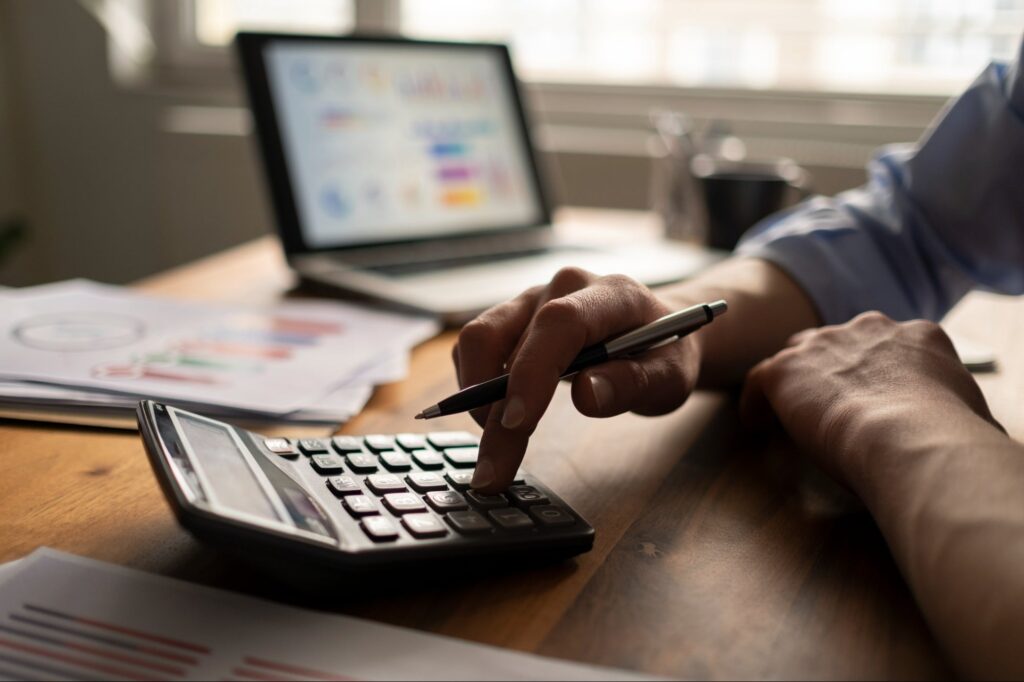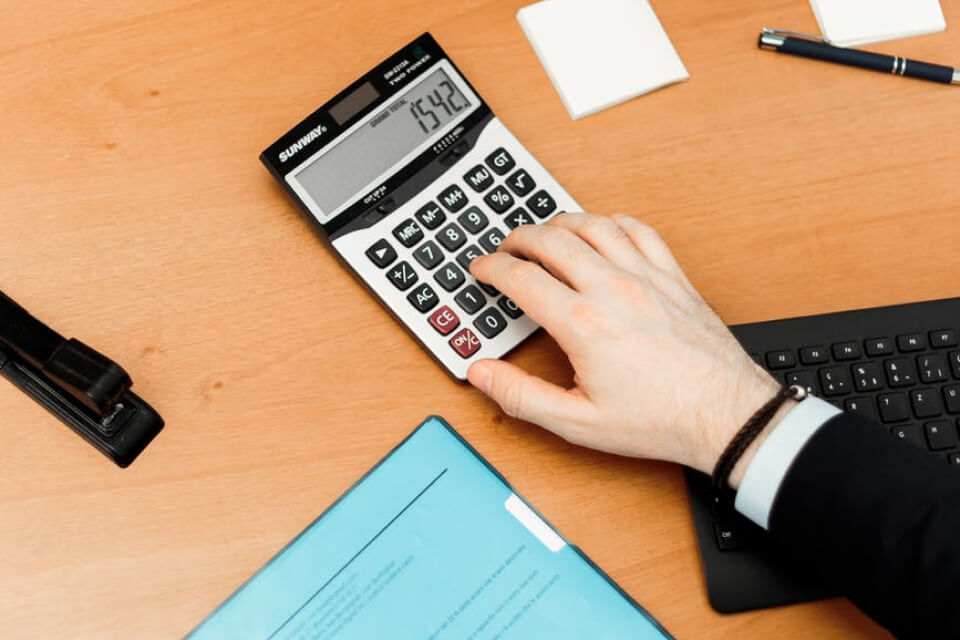Opinions expressed by Entrepreneur contributors are their own.
Staying on top of your personal finances has never been easy. Tracking every dime and dollar that goes through your account each month means that you need to keep a close eye on all your expenses and stick to a determined budget.
The thing is, keeping track of your finances and knowing how your money is being managed shouldn’t feel like work. A colorful array of automation tools can now be used to help manage your finances more efficiently, making sure you never miss a payment or spend more than you have.
Finance automation is a big part of learning how to overcome the uncertainty of how to manage your money and allow yourself room to become more confident with how you spend, transact and save your money each month.
Related: How Setting Clear Financial Goals Can Transform Your Business and Personal Success
Take stock of your expenses
Before you can automate your finances, start by listing all of your monthly expenses and the date on which they need to be paid. Be sure to include all recurring bills and expenses such as rent, utilities, insurance, loans and other important payments.
There’s likely a chance that some of these payments have already been set up to be debited from your account each month. Should that be the case, make sure that you are aware of when each payment is due and deduct it from your account.
Remember to account for when you are paid and how certain payments will be deducted should the due date fall on a weekend or holiday.
Know your accounts
Now that you have an idea of your expenses it’s time to learn how to use your bank accounts more effectively. Should you be someone who has multiple bank accounts and credit cards, be sure to organize your most important bills to deduct from the account where you will receive your salary.
Next, familiarize yourself with how you may be using each account. For instance, your primary checking account should be dedicated to paying important bills such as rent, utilities, and insurance. Your secondary checking account should be dedicated to ordinary expenses and less important bills.
By taking more control of each account, you can begin assigning automated payments for each of your bills. This way you will know when to have enough money in each account, and it will help you keep better track of your monthly expenses.
Automate savings
Saving shouldn’t fall to second place when automating all of your expenses. Instead, look at ways in which you can set up an automated savings account linked to your check account. This would allow you to set up a date and desired amount to be deducted from your salary, and deposited straight into your savings account. Without having to do it yourself, you can give yourself more peace of mind knowing that your emergency funds are being taken care of, as reported by Bankrate’s 2024 emergency savings report.
Related: How to Save Money: 10 Tips to Build Your Savings
Use a banking app
By using a banking app you can quickly set up automated deposits without having to visit a bank branch. Some banking apps have a plethora of personal finance features such as budgeting tools,spending and portfolio trackers, loan calculators and plenty of other useful resources.
Banking apps also help you to keep track of your account balances and different payments you’ve made. For example, a banking app will help you categorize specific payments and assign accounts to each. You can view previous payments, and you can place an account on hold should the need arise.
Each bank will have a different app that they prefer their customers to use. Learn how to navigate the banking app and which tools have been designed to make financial management less complicated.
Set up reminders
You likely have dozens of payments each month, and staying on top of each one means that you constantly need to remind yourself when a bill is due. Instead of having to write this down in your calendar or diary, see whether you can set up automated reminders using your banking app. Include important payment information and what each payment is for.
For instance, paying for things such as subscription services, which can be done monthly, quarterly, or annually, requires you to remember when a payment is due. In fact, according to a survey from ExpressVPN, 66% of consumers pay for subscriptions monthly, while only 10% pay annually or make a large lump sum payment, potentially causing a so-called subscription fatigue.
There might be some bills that you are sharing with someone, or they have taken over from you in recent years, and vice versa. Each instance will be different but try to incorporate methods that will help you stay more informed.
Use a budgeting tool
Finding that your paycheck is being stretched to its limits each month? Well, instead of wondering where all your money is going, and how you’re spending it, take a look at how a digital budgeting tool can automate your spending habits.
Some banking apps may already have a budget tool feature, or you may need to make use of a third-party app. Whichever you choose to use, automating your budget will tell you exactly where your money is going each month and how you can make smarter spending decisions based on your financial situation.
Related: You Won’t Have a Strong Budget Until You Follow These 5 Tips
Finishing thoughts
Technology makes it possible for your money and accounts to be automatically managed. Learning how to automate certain accounts and payments and being able to leverage available tools will help you become more financially confident and ensure you keep better track of all your bills.


